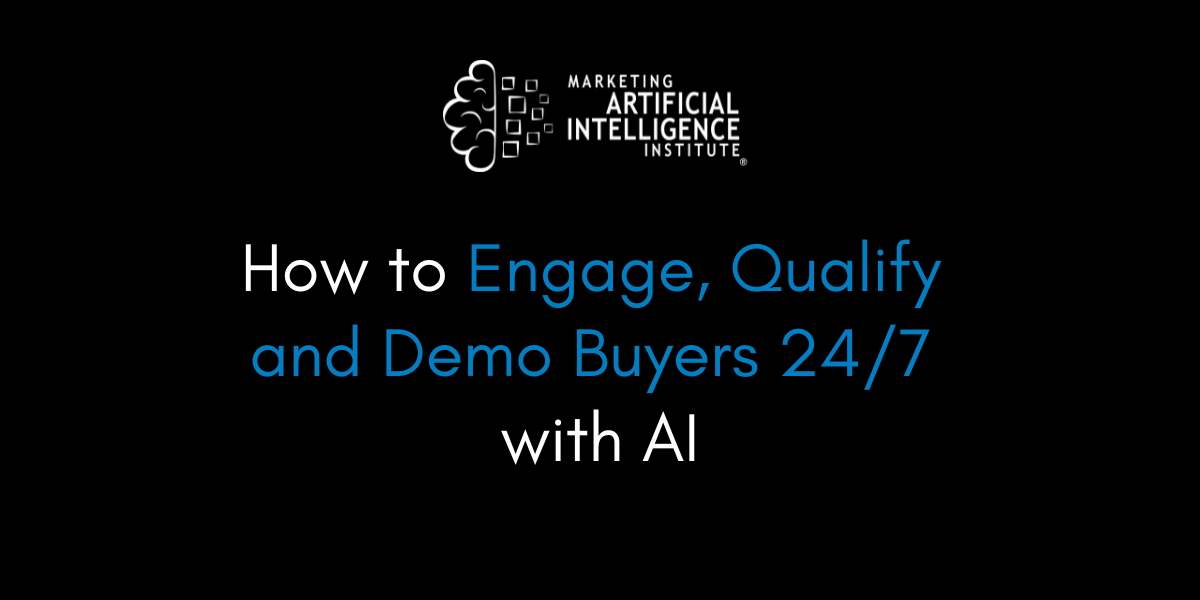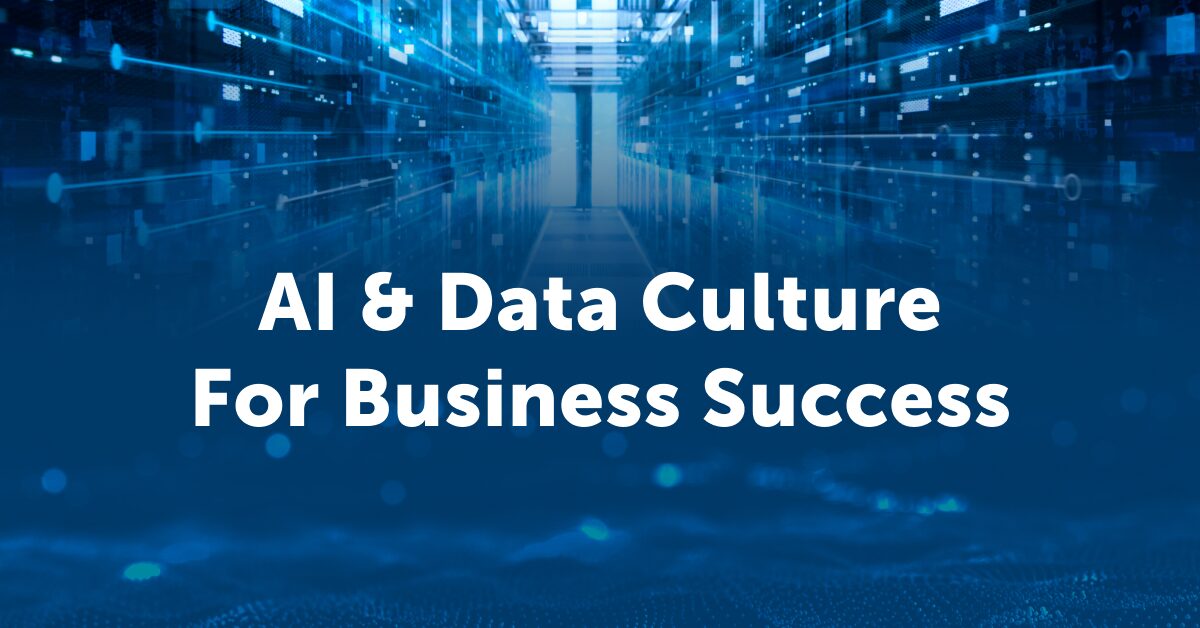2025: AI’s Crossroads – From Hype to Accountability
Theranos and FTX weren’t just scandals—they were wake-up calls. They exposed what happens when hype outruns substance, leaving a trail of shattered trust and catastrophic losses. In 2025, artificial intelligence stands at a similar crossroads. The divide between bold claims and actual capabilities has grown impossible to ignore. If AI is to deliver on its […] The post 2025: AI’s Crossroads – From Hype to Accountability appeared first on Unite.AI.


Theranos and FTX weren’t just scandals—they were wake-up calls. They exposed what happens when hype outruns substance, leaving a trail of shattered trust and catastrophic losses. In 2025, artificial intelligence stands at a similar crossroads. The divide between bold claims and actual capabilities has grown impossible to ignore. If AI is to deliver on its transformative promise, the time has come to cut through the noise, demand accountability, and separate genuine breakthroughs from hype and fraud.
AI is everywhere—or so they’d have us believe. From “AI-powered” marketing pitches to investor decks stuffed with buzzwords, artificial intelligence has become the badge every company wants to wear. But how much of it is real? Beneath the surface, too many of these claims turn out to be smoke and mirrors. This year, consumers, investors, and regulators must step up and call out the charade. Without a collective push for transparency, trust will erode—and when trust disappears, so does progress.
The promise of authentic AI is undeniable. Machine learning and natural language processing are reshaping industries in ways once thought impossible. In healthcare, algorithms enable earlier diagnoses for conditions like cancer and diabetes, paving the way for more effective treatments. Logistics companies are using AI to optimize supply chains, reduce waste, and cut emissions. Education is being transformed as AI helps teachers personalize learning experiences, tailoring instruction to the unique needs of every student. These aren’t distant dreams—they’re happening now, and they’re proof of what’s possible when AI is applied responsibly.
While AI continues to make real strides, the industry faces a credibility crisis fueled by overhyped claims. Some companies misrepresent their capabilities, branding basic automation or human-driven processes as “AI-powered.” This phenomenon, known as “AI washing,” is a plague on the industry. Consider the case of a voicemail transcription service that claimed to use advanced AI to convert speech to text. Customers thought they were benefiting from cutting-edge machine learning. In reality, human workers were doing the transcriptions manually. The service itself wasn’t flawed, but the deceptive marketing undermined trust—and devalued the very meaning of AI.
And it’s not an isolated problem. Across finance, retail, and other sectors, companies are overhyping what they offer. In the financial industry, some trading platforms tout “AI-powered” algorithms that are nothing more than basic statistical models. In retail, chatbots and platforms are sometimes sold as intelligent systems when, in reality, they rely on pre-scripted human responses with minimal machine learning involved. These exaggerations don’t just harm the companies making them—they damage the credibility of the entire AI field.
When consumers repeatedly encounter products that fail to live up to their promises, skepticism takes root. That skepticism doesn’t stop with the bad actors; it spills over to legitimate innovators. Investors, unable to separate hype from reality, pull back funding. Genuine breakthroughs struggle to find the resources and credibility they need to succeed. Meanwhile, the entire ecosystem suffers. In an industry as dynamic and fast-moving as AI, this erosion of trust is a crisis in the making.
But it doesn’t have to be this way. The future of AI can still be bright—if we act now. The solution begins with accountability at every level. Investors must demand more than flashy black box presentations. They need hard evidence, independent audits, and rigorous technical reviews to verify claims and demonstrate technical authenticity and sustainable competitive advantages.
Regulators have an equally critical role. Clear definitions and enforceable standards for what qualifies as AI are long overdue. The FTC (Federal Trade Commission) must continue its deceptive claims and schemes crackdown, holding charlatans accountable and dissuading others from following suit. Without these efforts, the term “AI” will continue to be exploited, further eroding its credibility.
Consumers, too, have a vital role to play. By asking questions and demanding transparency, they can pressure companies to be honest about what their products can—and cannot—do. A simple question like “How does this ‘AI-powered’ product actually function?” may reveal whether a company is truly leveraging artificial intelligence or relying on elementary technology cloaked in AI jargon or human labor behind the scenes. When consumers reward transparency and penalize deception, the market shifts toward honesty.
The stakes couldn’t be higher. AI isn’t just another tech trend. It has the potential to redefine industries, solve global challenges, and improve lives on a global scale. Imagine a near future—one in your lifetime where healthcare systems predict and prevent diseases before symptoms appear. Envision classrooms where your children receive individualized instruction that helps them thrive, no matter their starting point. These possibilities aren’t science fiction—they’re within reach. However, achieving them requires a foundation of trust built on transparency and integrity.
2025 must be the year we redefine AI—not as a buzzword or a marketing gimmick, but as a tool of immense, measurable potential. This means celebrating the companies delivering real value while exposing those hiding behind empty promises. It means creating an environment where honesty isn’t just encouraged—it’s expected.
For companies, this shift isn’t just a moral imperative; it’s a survival strategy. In an era where consumers are more informed and investors more cautious, transparency is no longer optional. Those who double down on empty promises will find themselves left behind, while those who embrace transparency and accountability will be the ones to lead the way.
AI will shape the future—there’s no question about that. The real question is what kind of future it will be. Will it be one built on truth or one propped up by hype? The answer depends on all of us. Investors, regulators, developers, and consumers each have a role to play. Together, we can ensure that artificial intelligence lives up to its promise—not in words, but in action.
The time to act is now. Let’s make it our New Year's resolution to make 2025 the year AI proves itself—not with marketing slogans but with results.
The post 2025: AI’s Crossroads – From Hype to Accountability appeared first on Unite.AI.

![[Free Tool] I made an AI-powered content generator for RedNoteApp/Xiaohongshu](https://media2.dev.to/dynamic/image/width%3D1000,height%3D500,fit%3Dcover,gravity%3Dauto,format%3Dauto/https:%2F%2Fdev-to-uploads.s3.amazonaws.com%2Fuploads%2Farticles%2Fnd662tnybilwfaeidu91.png)
















